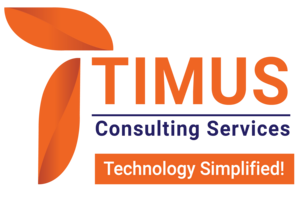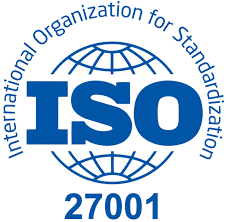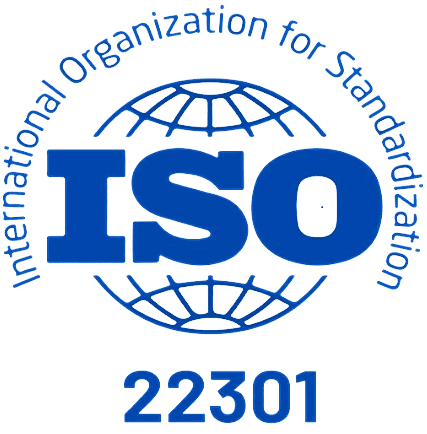As artificial intelligence moves from research labs into real-world operations, the demand for deploying AI beyond centralized data centers is accelerating. From smart cameras on factory floors to real-time analytics in autonomous vehicles, AI is increasingly being executed at the edge—closer to where data is generated. This shift brings a new set of challenges and opportunities: how do we ensure consistency, security, and scalability of AI workloads across such a diverse infrastructure landscape?
This blog explores a holistic, end-to-end approach to AI development and deployment—encompassing the cloud, the edge, and everything in between.
Why Edge AI?
Edge AI enables low-latency, high-reliability, and bandwidth-efficient processing by bringing intelligence closer to the source of data. Use cases include:
- Predictive maintenance in manufacturing
- Computer vision for retail and logistics
- Autonomous systems in mobility and robotics
- Remote monitoring in healthcare and energy
However, deploying AI at the edge isn’t just about placing a model on a device. It requires a full-stack strategy: from model training to lifecycle management, from security to scalability.
The AI Lifecycle: From Development to Deployment
To successfully implement AI at scale across distributed environments, organizations need a robust MLOps pipeline that bridges cloud-centric development with edge-centric deployment.
1. Model Development
AI development typically begins in the cloud or data center using high-performance compute resources:
- Data Preparation: Curating, labeling, and storing datasets securely
- Model Training: Using popular frameworks like TensorFlow, PyTorch, or ONNX
- Experiment Tracking: Logging hyperparameters, performance metrics, and version histories
This phase also involves model validation and interpretability testing to ensure responsible AI practices.
2. Model Optimization
Edge devices have limited compute and power budgets. Therefore, models need to be optimized:
- Quantization & Pruning: Reducing model size and improving inference speed
- Conversion to Intermediate Formats: For efficient execution on different hardware targets
- Benchmarking: Assessing performance under realistic edge conditions
3. Deployment to Edge Infrastructure
Once a model is ready, it must be deployed across a range of devices—from edge servers to gateways to embedded systems, key considerations:
- Containerization: Wrapping models and logic into portable, lightweight containers
- Orchestration: Using tools that support deployment to heterogeneous environments
- Security: Encrypting data, securing APIs, and applying access controls at the edge
4. Lifecycle Management and Governance
AI systems evolve, Models may degrade due to data drift or require retraining as business conditions change, essential capabilities include:
- Monitoring: Observing inference latency, accuracy, and resource usage
- Versioning and Rollbacks: Ensuring safe updates
- Policy and Compliance: Applying consistent governance across environments
Architectural Principles for End-to-End AI
✅ Cloud-Native Design: Use microservices, containers, and declarative configuration to ensure portability and scalability. ✅ Hardware Abstraction: Ensure models can run on CPUs, GPUs, NPUs, or specialized accelerators with minimal changes. ✅ Scalable Orchestration: Use orchestration tools that support distributed deployments and fault-tolerant rollouts, especially in low-bandwidth or intermittent connectivity scenarios. ✅ Unified DevOps + MLOps: Integrate traditional CI/CD pipelines with ML-specific stages such as model validation, drift detection, and retraining workflows.
Real-World Use Cases
- Smart Cities: AI models analyze traffic patterns and environmental data at edge nodes to optimize traffic signals and monitor air quality—without sending raw data to the cloud.
- Healthcare Diagnostics: AI-powered imaging tools run on local devices within clinics, enabling fast, private diagnoses even in areas with limited connectivity.
- Industrial Automation: Factory-edge devices run anomaly detection models that identify mechanical failures before they occur, improving uptime and reducing maintenance costs.
- Retail Analytics: Edge cameras infer customer behavior patterns in real time, powering targeted promotions and inventory decisions—all without compromising customer privacy.
Conclusion
The future of AI is not confined to the cloud—it’s decentralized, responsive, and embedded into the fabric of our environments. By adopting a holistic, lifecycle-aware approach to AI deployment, enterprises can unlock intelligent experiences everywhere—from data centers to the farthest edge.
If you’re architecting AI solutions today, now is the time to design for distributed intelligence. The edge isn’t the periphery anymore—it’s the front line of innovation.
About us:
We are Timus Consulting Services, a fast-growing, premium Governance, Risk, and compliance (GRC) consulting firm, with a specialization in the GRC implementation, customization, and support.
Our team has consolidated experience of more than 15 years working with financial majors across the globe. Our team is comprised of experienced GRC and technology professionals that have an average of 10 years of experience. Our services include:
- GRC implementation, enhancement, customization, Development / Delivery
- GRC Training
- GRC maintenance, and Support
- GRC staff augmentation
Our team:
Our team (consultants in their previous roles) have worked on some of the major OpenPages projects for fortune 500 clients across the globe. Over the past year, we have experienced rapid growth and as of now we have a team of 15+ experienced and fully certified OpenPages consultants, OpenPages QA and OpenPages lead/architects at all experience levels.
Our key strengths:
Our expertise lies in covering the length and breadth of the IBM OpenPages GRC platform. We specialize in:
- Expert business consulting in GRC domain including use cases like Operational Risk Management, Internal Audit Management, Third party risk management, IT Governance amongst others
- OpenPages GRC platform customization and third-party integration
- Building custom business solutions on OpenPages GRC platform
Connect with us:
Feel free to reach out to us for any of your GRC requirements.
Email: [email protected]
Phone: +91 9665833224
WhatsApp: +44 7424222412
Website: www.Timusconsulting.com





